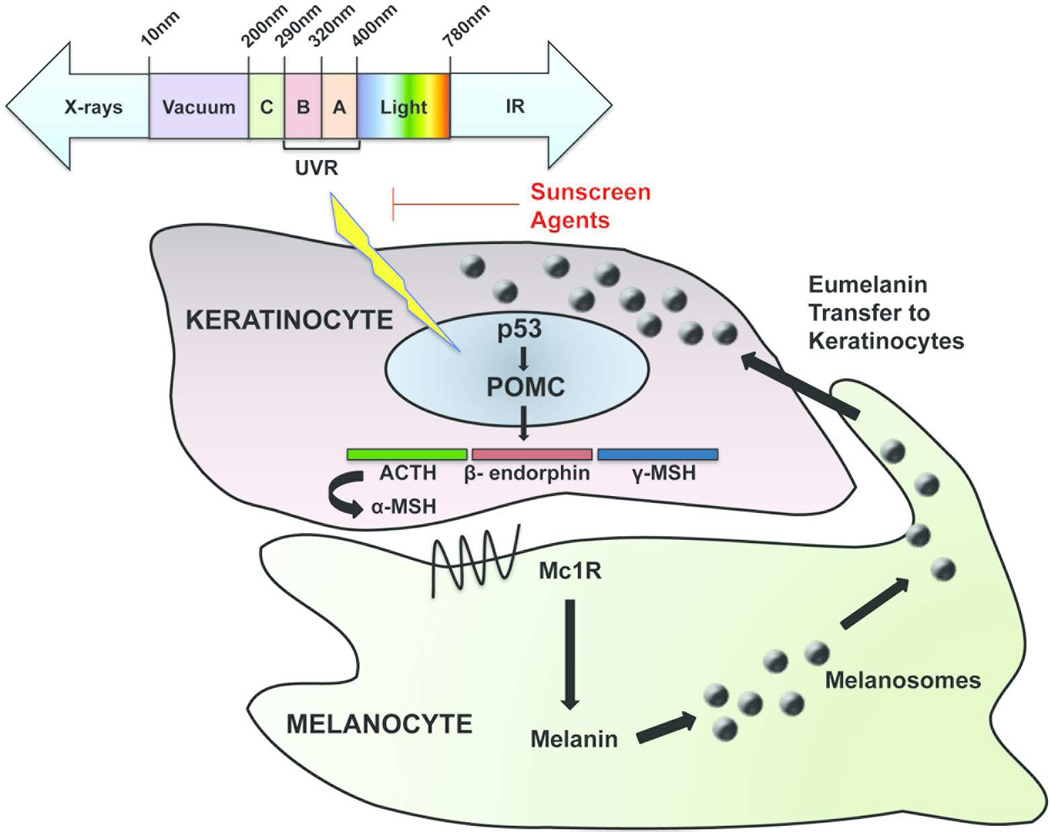Figure 1. The epidermal melanin unit and tanning response to UV radiation.
UV radiation induces DNA damage, which leads to activation of p53. In turn, p53 stimulates transcriptional upregulation of the proopiomelanocortin (POMC) gene, which is post-translationally processed to adrenocorticotrophic hormone (ACTH), α-melanocyte-stimulating hormone (MSH), and β-endorphin. Secreted α-MSH binds to the melanocortin 1 receptor (MC1R) on melanocytes, leading to production of melanin. The melanin is packaged within melanosomes and transported back to keratinocytes, where they localize over the nucleus as part of the protective tanning response to UV radiation.

